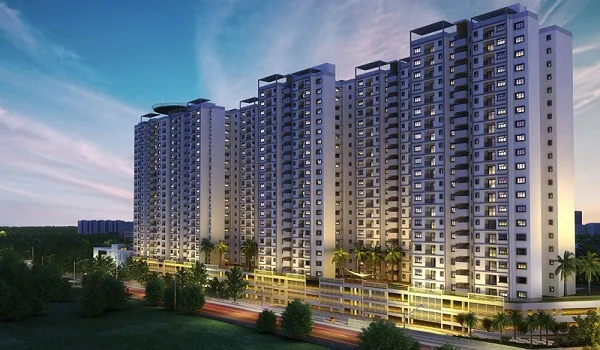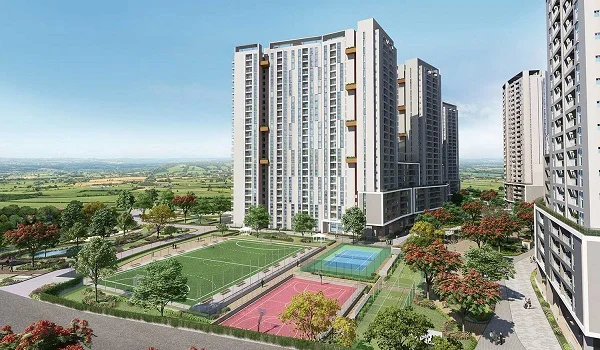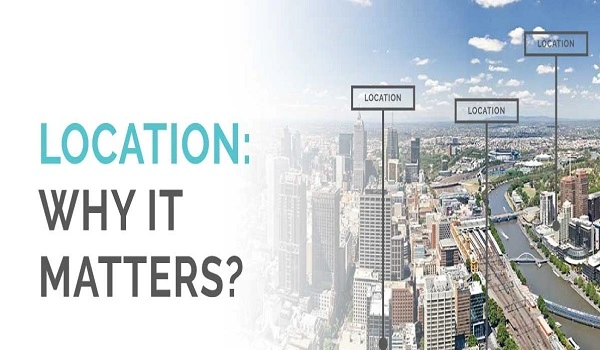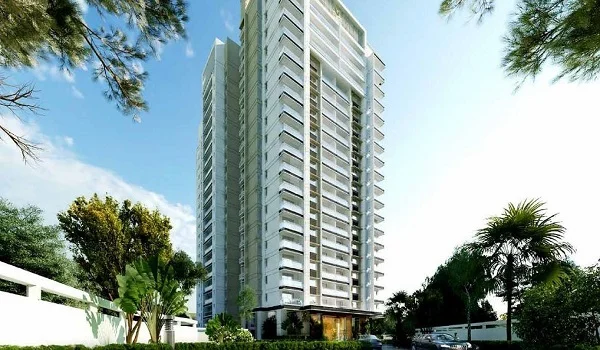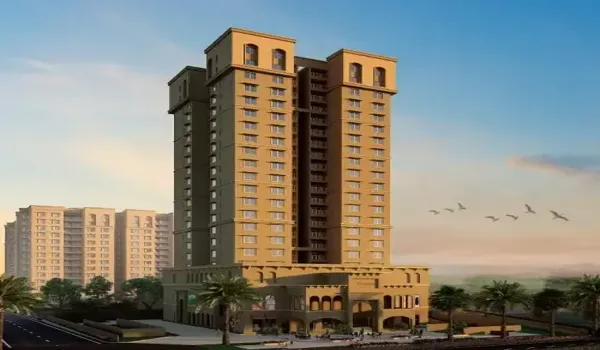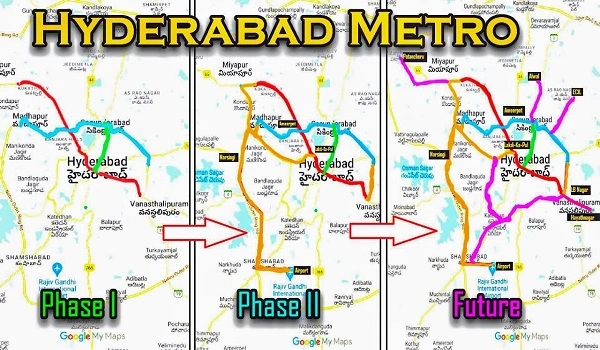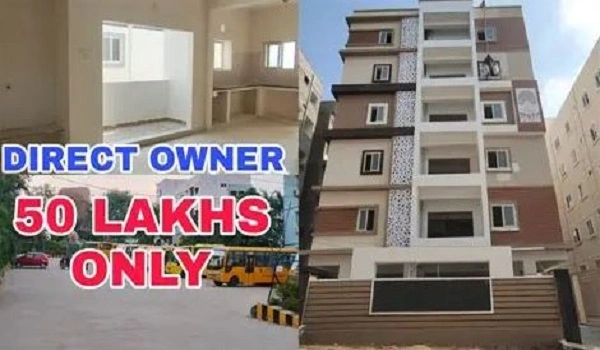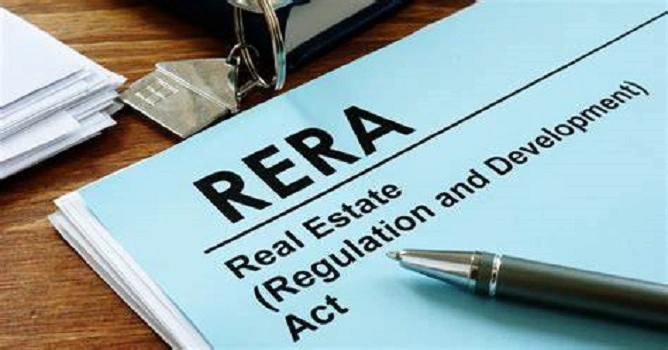Why Are Property Prices Increasing In Hyderabad? Explained

Hyderabad’s property prices have been on a sharp rise over the last few years, driven by IT job growth, limited ready supply, and big-ticket infrastructure. Between 2019 and mid-2024, average property values in the city climbed by nearly 64%, making Hyderabad one of India’s fastest-growing housing markets. The western corridor—stretching across HITEC City, Gachibowli, Kokapet, and the Financial District—remains the focal point. Property rates in Kokapet alone jumped from ₹4,750 per sq ft in 2019 to about ₹9,000 per sq ft in 2024, an 89% rise. Across the city, new launches, price bands, and demand absorption show why homes have become more expensive.
The Hyderabad market has seen a consistent climb. In 2019, most prime locations traded below ₹5,000 per sq ft. By 2024, prices in many micro-markets doubled. Citywide, the average price per sq ft moved up by 64% in just five years, supported by large-scale job creation and a deep pool of end users rather than speculative investors. Unlike some other metros, Hyderabad’s growth curve has been steady, not volatile, making it a healthier housing market.
The city’s IT and ITeS sector has been the single biggest demand driver. Over 82% of office space absorption in recent years came from the tech sector. Each new desk in HITEC City or Kokapet translates into households needing apartments nearby. The growth of Global Capability Centres (GCCs) in Gachibowli and the Financial District has created thousands of jobs annually, pushing buyers and tenants to cluster around the west.
While demand remains strong, supply has become more expensive to create. Land prices near ORR interchanges and metro corridors have climbed sharply. At the same time, steel, cement, and labour costs have risen over the past three years, lifting the base price of every project. Developers also point to higher compliance and financing costs. These pressures feed directly into the price per sq ft quoted to buyers.
To narrow the gap between official registration values and prevailing market rates, the Telangana government is weighing a 30% to 50% hike in guidance values for core urban areas. If rolled out, this change will further lift acquisition costs for buyers and may reset benchmarks for future launches.
Infrastructure has consistently added premiums. Properties close to Nanakramguda and Kokapet ORR interchanges now command higher PSF rates than inner belts. The Hyderabad Metro’s new phases are expected to extend into key residential corridors, while the proposed Airport Express Corridor will cut travel time to RGIA. These projects expand the map of “liveable and commutable” Hyderabad, giving developers room to launch high-rise townships further out at higher prices.
A live example of the rising price curve is Godrej Regal Pavilion in Rajendra Nagar. The project launched at a pre-launch band of ₹10,000 per sq ft and is already expected to touch ₹12,500 per sq ft post-launch. Starting prices are ₹1.10 crore for 2 BHK units and ₹1.44 crore for 3 BHK units, with possession scheduled in 2030. Buyers see Regal Pavilion as a benchmark township that reflects how premium pricing is no longer limited to HITEC City alone but is spreading across growth corridors like Rajendra Nagar.
- ₹9,000 per sq ft (up from ₹4,750 in 2019)
- now crossing the ₹10,000 mark in new launches
- ₹8,500 to ₹9,500 per sq ft for mid- to premium towers
- a value zone at ₹4,500 to ₹5,500 per sq ft
These comparisons show how the west has surged, while suburban belts still offer relative affordability.
Hyderabad prices are expected to remain firm in 2025, with western hubs leading. Unless a flood of supply comes online, buyers should not expect significant correction. The combination of job inflows, infra upgrades, and premium townships means prices are likely to climb further, though perhaps at a steadier pace than the last five years.
Godrej Regal Pavilion Blog
| Enquiry |
